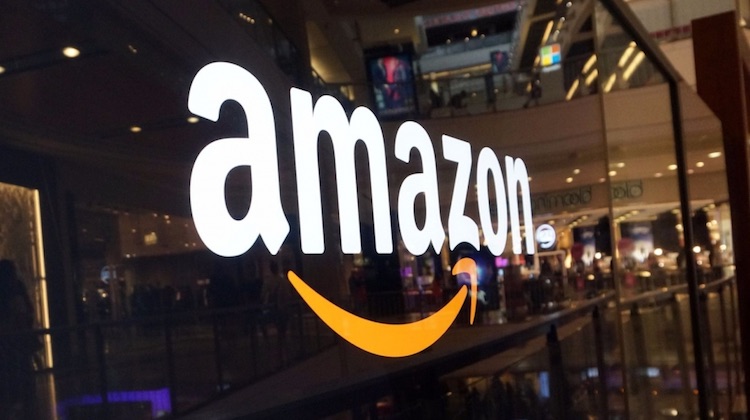Online Lenders
Amazon’s lending perpetuates the tech giant’s control over small businesses
- Amazon's lending business provides capital to sellers on its marketplace.
- With some unfriendly terms, smaller sellers are left wondering about their future.








